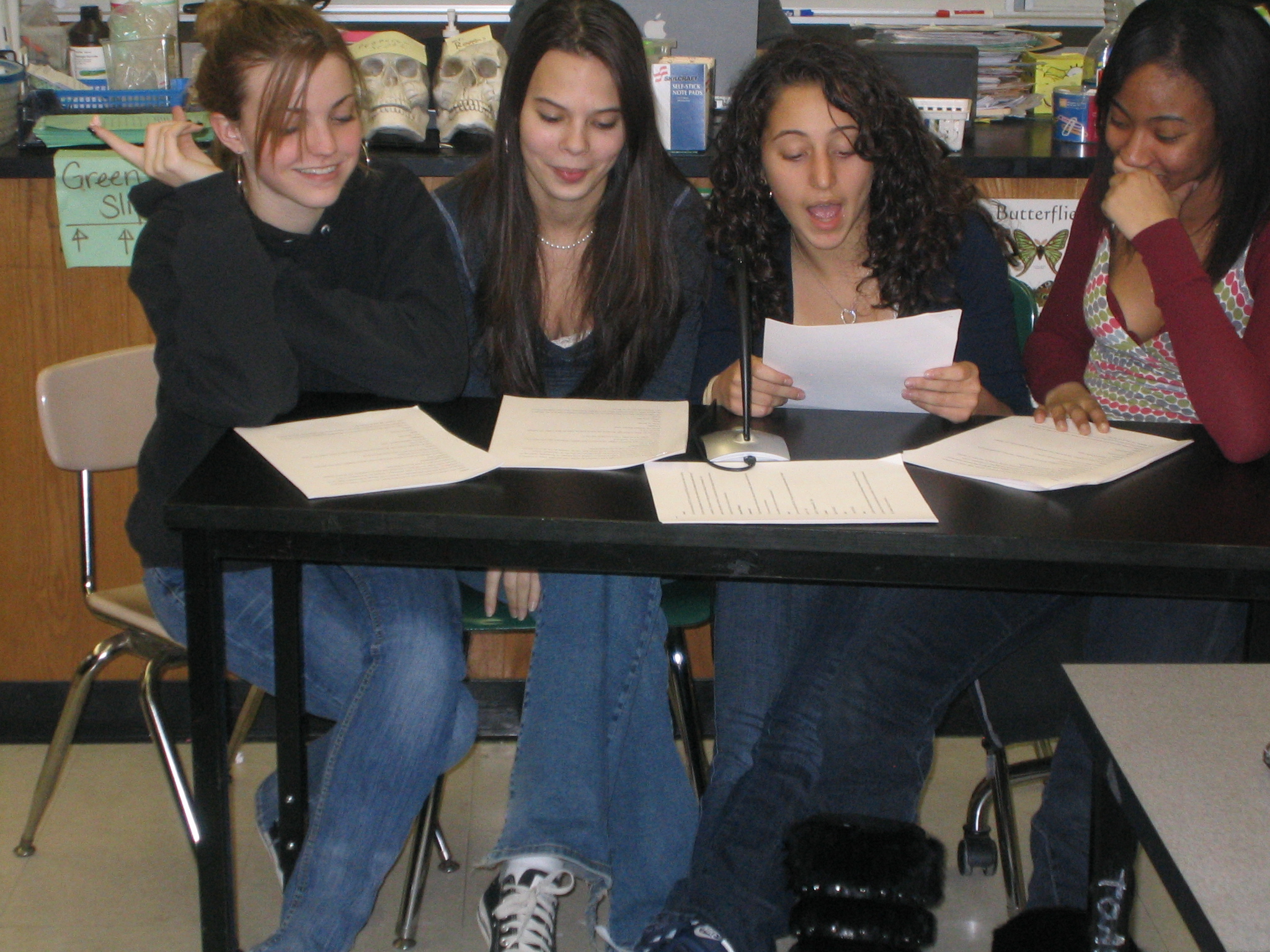
Subject: Biology
Grade Level: 9th and 10th grade
How it Works: In this project, students will be held accountable in addressing the public’s misconceptions on the Theory of Evolution. Working in teams, students will be expected to (1) point out the flaws to the misconceptions using their understanding of evolution and natural selection and finally, (2) use specific scientific evidence and examples to address the misconception in order to turn the misconception around. This project incorporates a tremendous amount of team work, writing and critical thinking.
Final Project/Product: Each team will present their “educational piece” in the form of a radioshow via podcasting. Students are encouraged to be creative scientists to connect their show with current research on evolutionary biology and the history of science.
Overall Value: Learning is easy, but it is unlearning the misconceptions one gained before walking into the classroom that’s difficult to master. While we all taught the topic of evolution in our classes, we need to stop and think whether the students’ misconceptions, if any, about the idea actually changed since they stepped into our classrooms. In “Minds of Our Own,” a Science Education documentary produced by the Harvard-Smithsonian Center for Astrophysics, high school students struggle with changing their misconceptions about science concepts even after instruction. Allowing students to step back, rewind, and reflect on their conceptual thinking can help them address open questions that remain that may be hindering deep understanding. The nature of this project prepares students for the Living Environment Regents. Using misconceptions as an anchor can help students refine their understanding of evolution and natural selection. The writing component of the project serves as practice for the short answer portions of the exam. In addition, the team work, and incorporating the performing arts offers multiple points of entry to the content for students in a heterogeneous classroom.
Tips for the Teacher:
This is a culminating activity towards the end of any unit in evolution. It will require students to work in class much like a project based unit. Much of the success of this project relies on the teacher's ability to manage group work in a classroom. This project is successful in that students get to see their work published via podcasts.
Publishing podcasts is free. Yahoo (http://podcasts.yahoo.com/) offers free podcast hosting, provided that you have a website to upload your sound file (you can do this by having website accounts through yahoo themselves). This teacher recorded student podcasts using Garageband, a Mac application that is very easy to use.
Check out how to make podcasts using Garageband here: http://apple.com/support/garageband/podcasts/.
Check out how to make a podcast here http://podcastingnews.com/articles/How-to-Podcast.html.
As with any technology project, it would be more successful if the teacher takes time to play around with the software and hardware. Permitting some of your more tech-savvy students to handle the computer aspects is a good idea, but if the teacher is also knowledgeable, the troubleshooting and control of the project will become more manageable.
You can check out this teacher's podcasts of current and previous podcast projects by visiting http://.mschien.com. A gallery of radio podcasts of this evolution project will be posted.
Link to Grant Project: http://mschien.com/
|